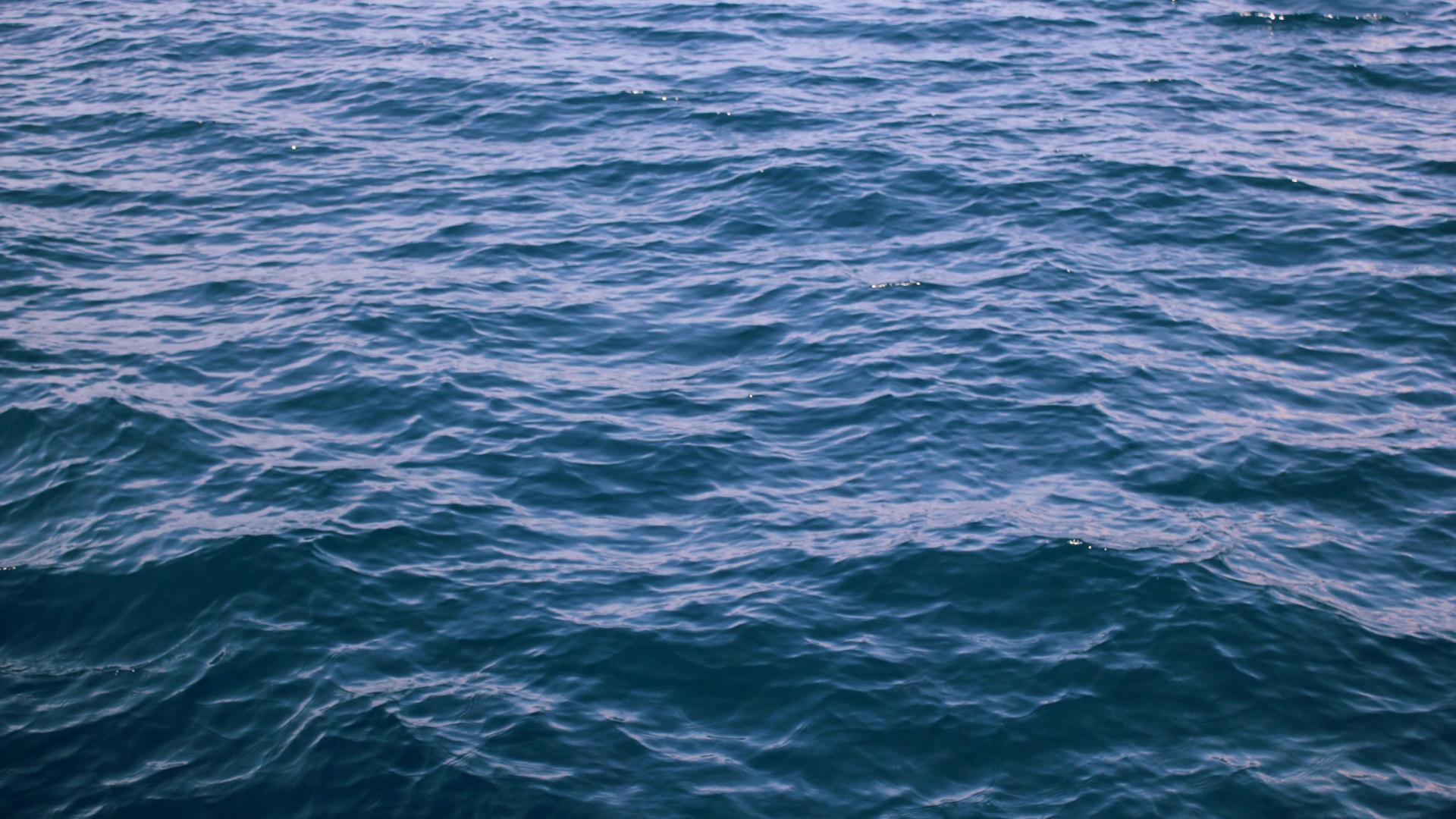16 February 2023
15 June 2020
The objective of this study is to extend the AIRWAVE Total Water Vapour Column (TWVC) algorithm, originally developed for the (A)ATSR series of instruments (Casadio, et al., 2016), to the Copernicus Sentinel-3 SLSTR series of instruments.
Through this algorithm extension, Sentinel-3 SLSTR will have the unique capability to retrieve TCWV over water surfaces and under cloud-free conditions using the SLSTR dual-view Thermal InfraRed (TIR) channels during day and night.
Objectives
The study will include the following steps:
- A preliminary analysis of the improvements needed to apply the AIRWAVE algorithm to the Sentinel-3 SLSTR measurements.
- The prototyping of a new version of the AIRWAVE algorithm for SLSTR and the generation and evaluation of an initial test dataset consisting of circa 6 months of SLSTR measurements from Sentinel-3A and Sentinel-3B.
- Assessment of the quality and uncertainty of the new AIRWAVE-SLSTR Level-2 TCWV test product, through an extensive validation exercise against TCWV products calculated from radiosonde data and Level-2 TCWV products from other satellite missions.
For the duration of the AIRWAVE-SLSTR study, the team will communicate with end-users, relevant experts at EUMETSAT, and with external Sentinel-3 SLSTR instrument and processor experts. This will ensure a thorough understanding of the scientific and technical background of the instrument and that end-users requirements for the AIRWAVE-SLSTR product are met.
Overview
The AIRWAVE algorithm has been designed to obtain the TCWV from the measurements of the Along Track Scanning Radiometer (ATSR) instrument series (Casadio et al., Castelli et al.). The algorithm, independent from external constrains, makes use of a set of tabulated parameters, calculated off-line using a Radiative Transfer Model (RTM) specifically developed to simulate the ATSR radiances. The approach exploits the clear sky Brightness Temperature measured over the sea in forward and nadir directions in the TIR channels.
Onboard the Copernicus Sentinel 3 satellite, the SLSTR is an advanced version of the ATSR instruments. The AIRWAVE algorithm has been extended to the measurements of SLSTR (AIRWAVE - SLSTR) to produce the SLSTR Level-2 Integrated Water Vapour product. Figures 1 and 2 show the July 2018 average (first 10 days of the month) TCWV product re-gridded on a regular 0.25° x 0.25° grid for the Sentinel-3A (Figure 1) and Sentinel–3B (Figure 2) satellites.





